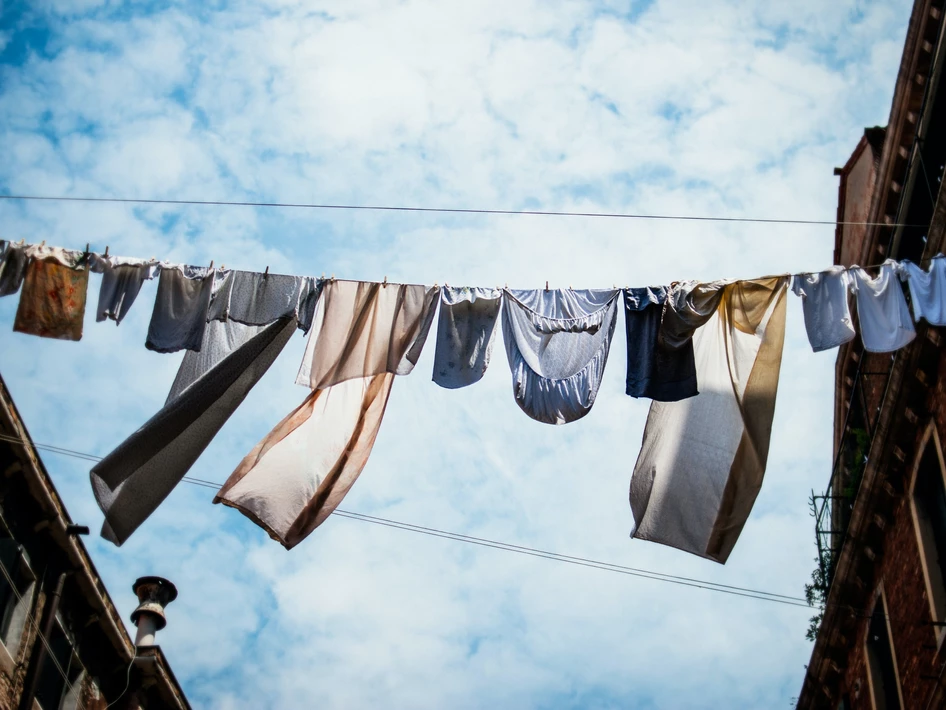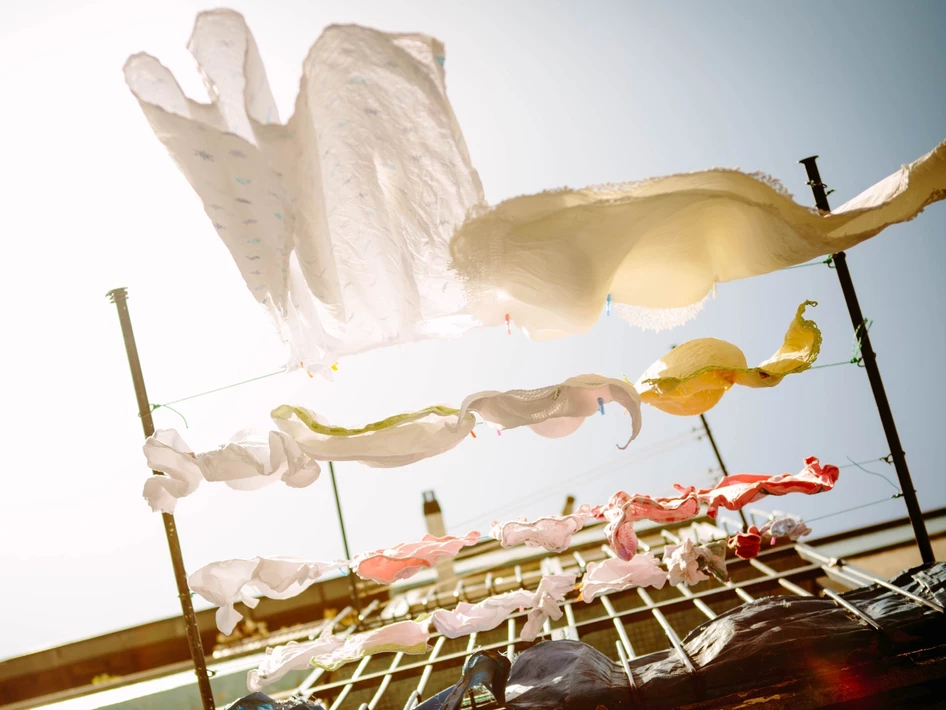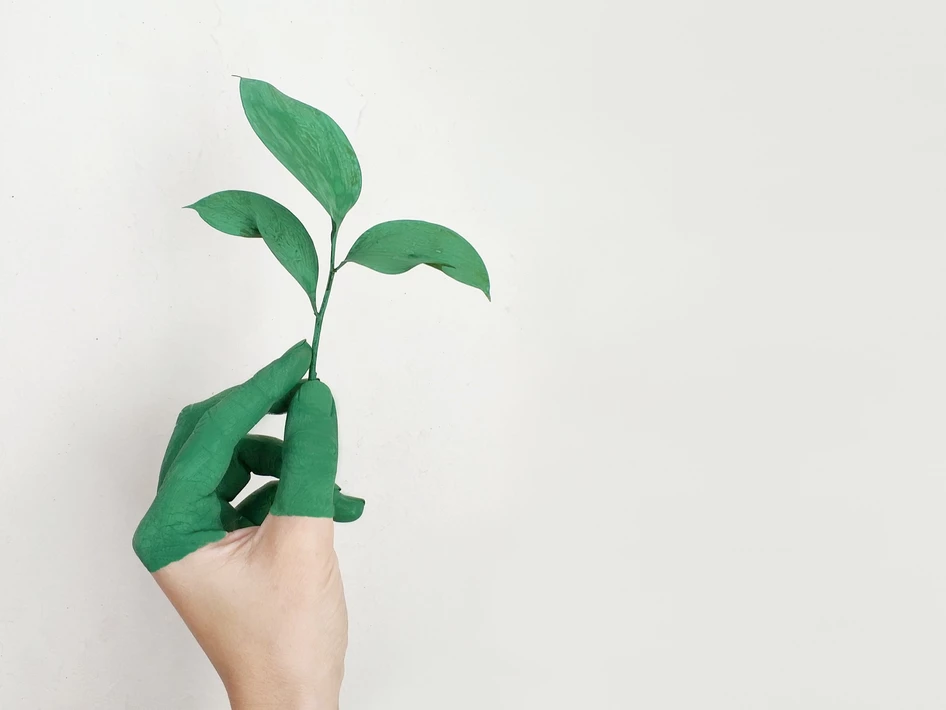Meet my one and only sparkly, sequinned dress…
Let’s call her Shimmer.
I bought Shimmer in 2019 from a fast fashion brand. Yes, yes, I know! But here’s the thing: I really really wanted a dress that was covered with sequins. You see, I’d never owned a sparkly dress before. I was promised one, by a friend who had one but didn’t see herself wearing it. Months had passed, since that conversation, and I hadn’t so much as seen a photo of the dress. Maybe she changed her mind! And while that’s OK, I still wanted a dress full of sequins.
That’s when I met Shimmer, sparkling away at me, from the storefront, as I passed it by. Truth be told, I had tried to look for ‘sustainable sequins’. There is such a thing, but it isn’t easy to come by. And I hadn’t quite made my introduction to thrifting yet. So what were my choices then? In spite of myself, I managed to look through Shimmer and walk right past the store. But I kept thinking about her, and I was back a few days later, to try on the dress. It fit me like a dream! So, of course, now I had to buy it.
Shimmer came home with me, and I started looking for an opportunity to wear her. I was also a little shy, because I’d never worn something so bling before! So I waited for New Year’s Eve. It was perfect! But before I could even think of wearing it again, Covid struck. Shimmer stayed shut in a trunk for almost two years, before coming out again for the 2021-22 New Year’s Party we went to.

This was not OK.
According to the Ellen MacArthur Foundation, to offset the carbon emissions from the production of a garment, you need to wear it at least 30 times. This particular garment was especially unsustainable. Everything, including its lining, was polyester. And sequins are plastic. Every single element of this dress was made of fossil fuels, using more fossil fuels. Plus, it had likely been made in terrible conditions. Forget 30, I would need to wear this dress at least 100 times to offset the carbon footprint, and to make the effort of the garment workers really worth their while.

And so I got down to it. I’ve now worn the dress to every New Year’s Eve party since I got it, to birthdays, theme parties, other parties, you name it. If it suits the occasion, it’s what I’ll wear. And here’s what’s happened:
- The Earth is still spinning.
- My height remains the same as it was before I started repeating the dress.
- People I know and meet regularly know the dress and continue to love it. Plus, I get compliments for it, even when I’m not wearing it. And no, they are not backhanded!
- I haven’t fallen out of love with it, and I am not tired of it.
- My itch for a sparkly dress has been satisfied.
- I’ve discovered a new side to my style, by fearlessly wearing it all the time.
- My friends have been encouraging me to wear it more, by planning things I can wear it to.
- I no longer need to worry about ‘fancy’ events, especially since the dress works for both, summer and winter.
- I’ve had complete strangers ask me if I’d like to sell it to them, so I know the dress is unlikely to end up in landfill. In fact, I’m certain it won’t, because my daughter has asked if she can have it once I’m done with it and she can fit into it.
- I would’ve offset about 10% of its original carbon footprint. More, by not drycleaning it, and instead, airdrying it after every wear, and rinsing it, reversed, in cold water and putting it on a hanger to dry, so I don’t need to iron it either!
So, is it OK to buy things we don’t need? No. But once in a while, just like a cheat meal, it’s OK to give in to a craving that’s driving you crazy. You don’t have to guilt workout after that, but it’s only a cheat meal if you’re consistent with your workouts!






